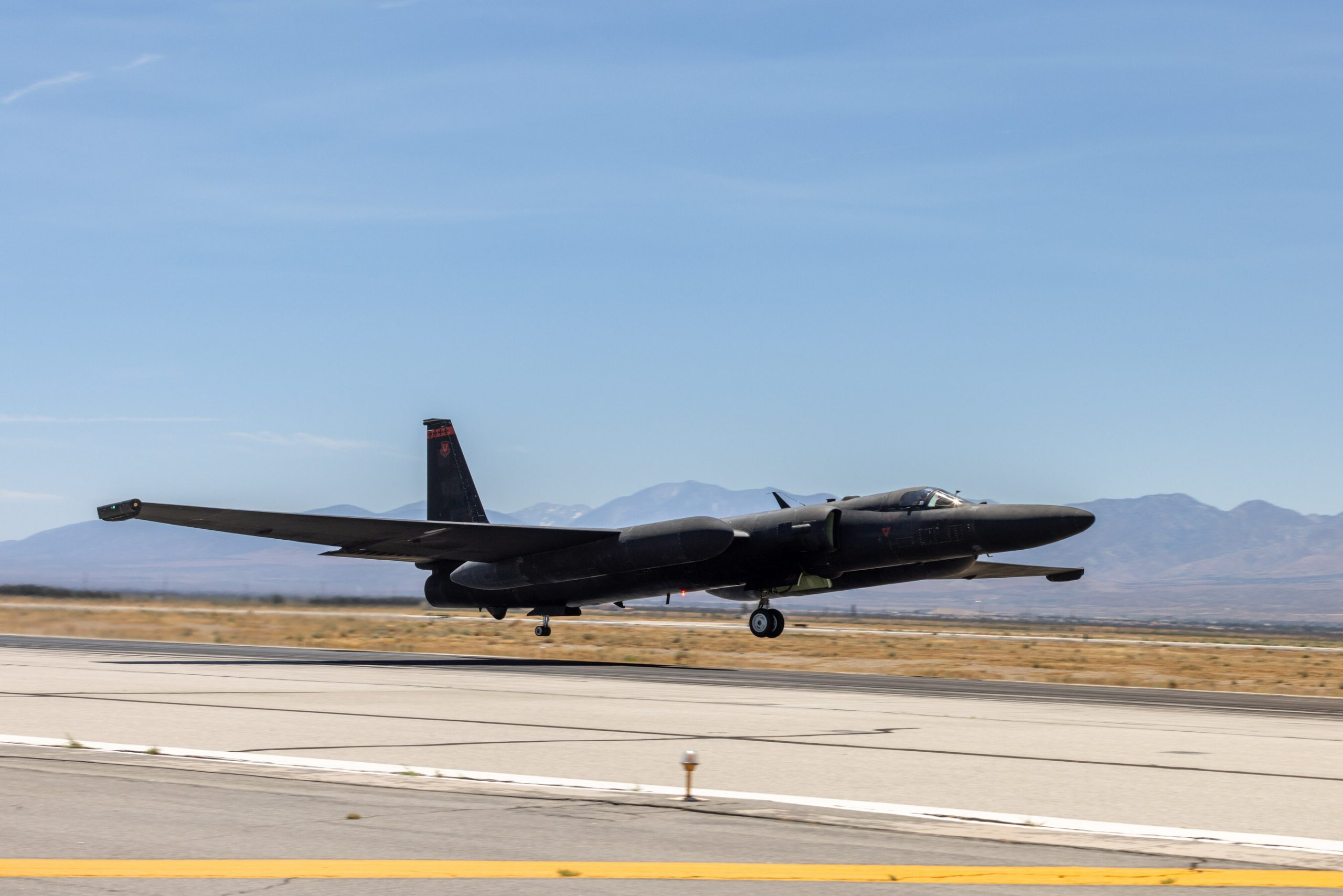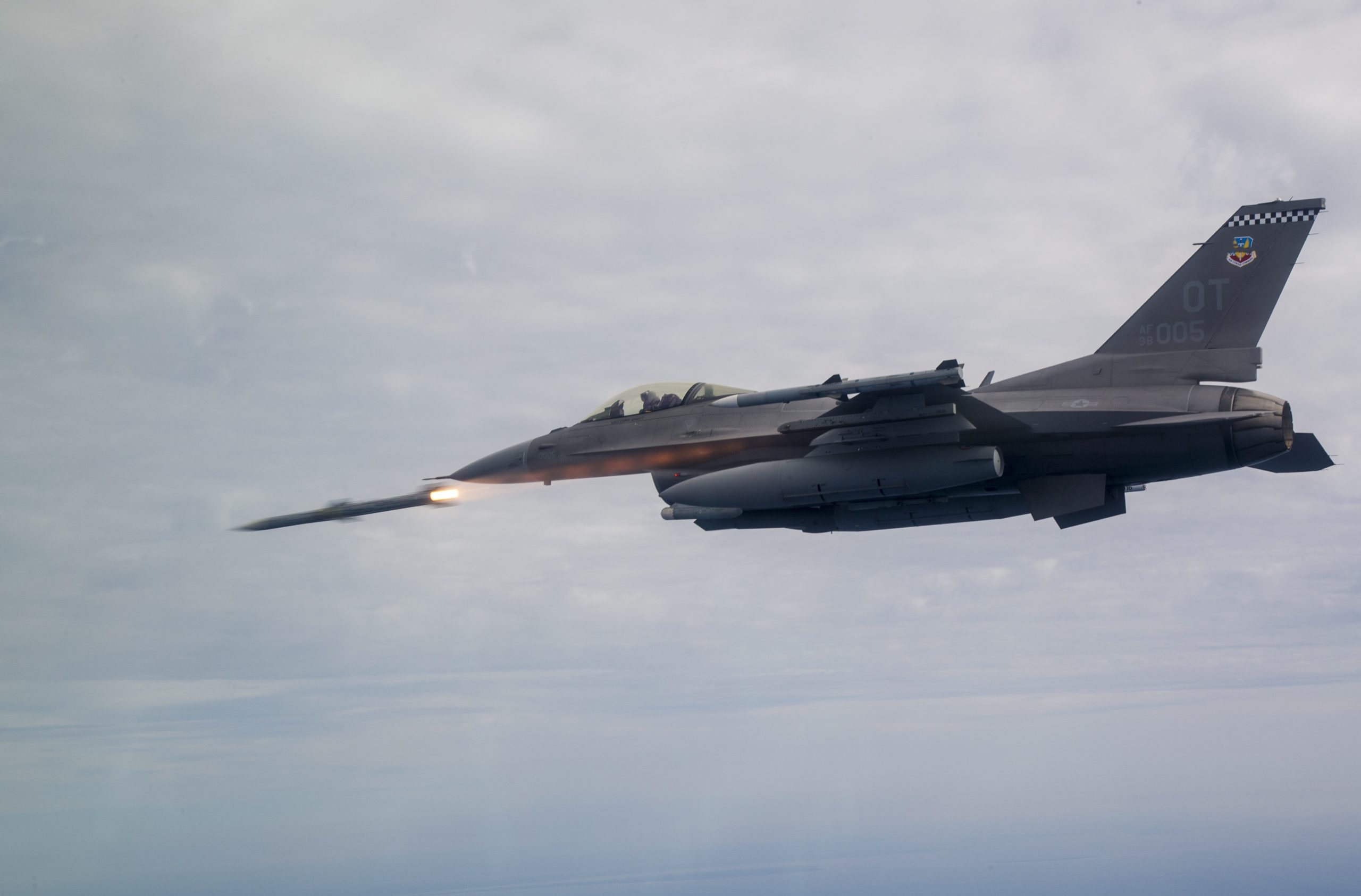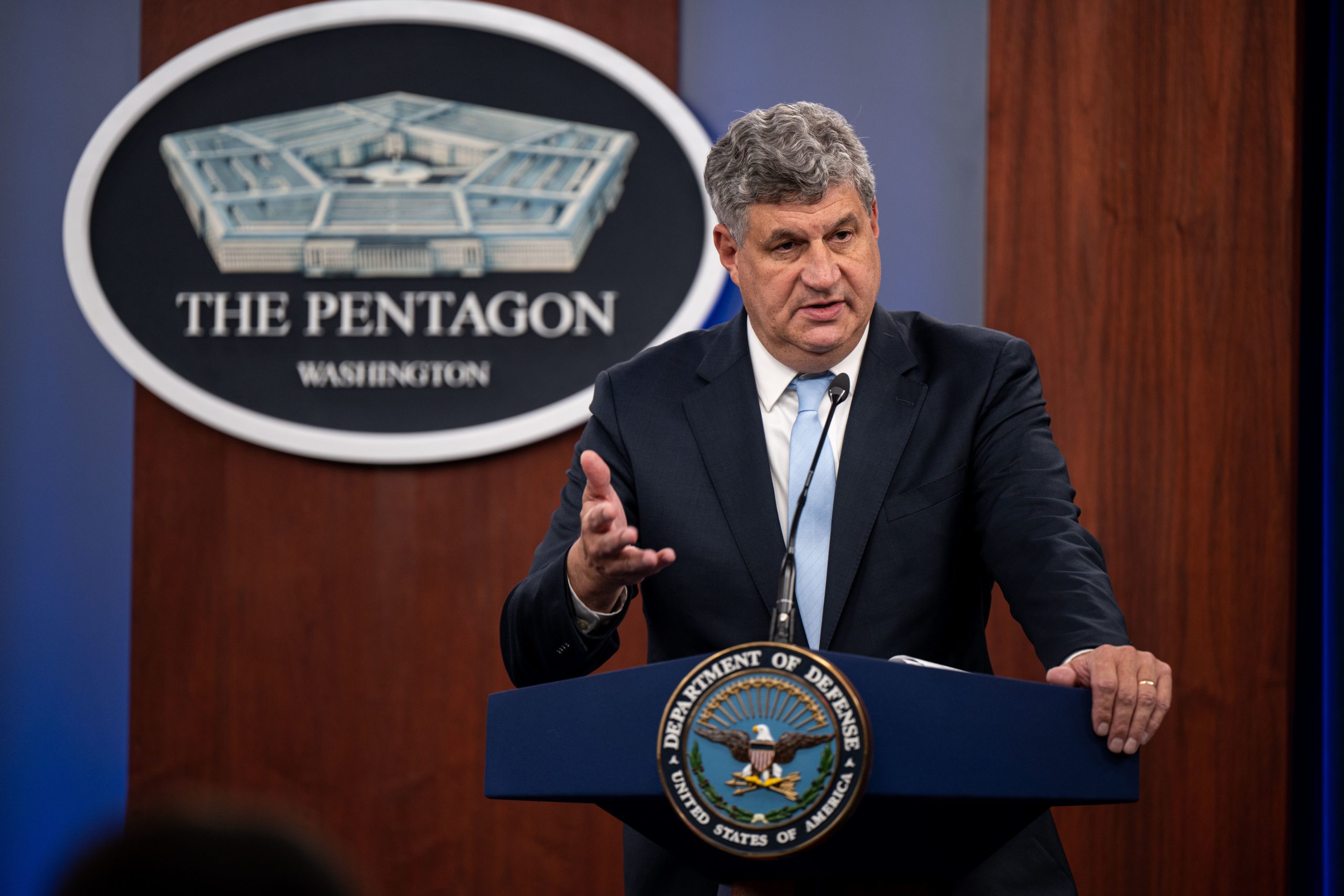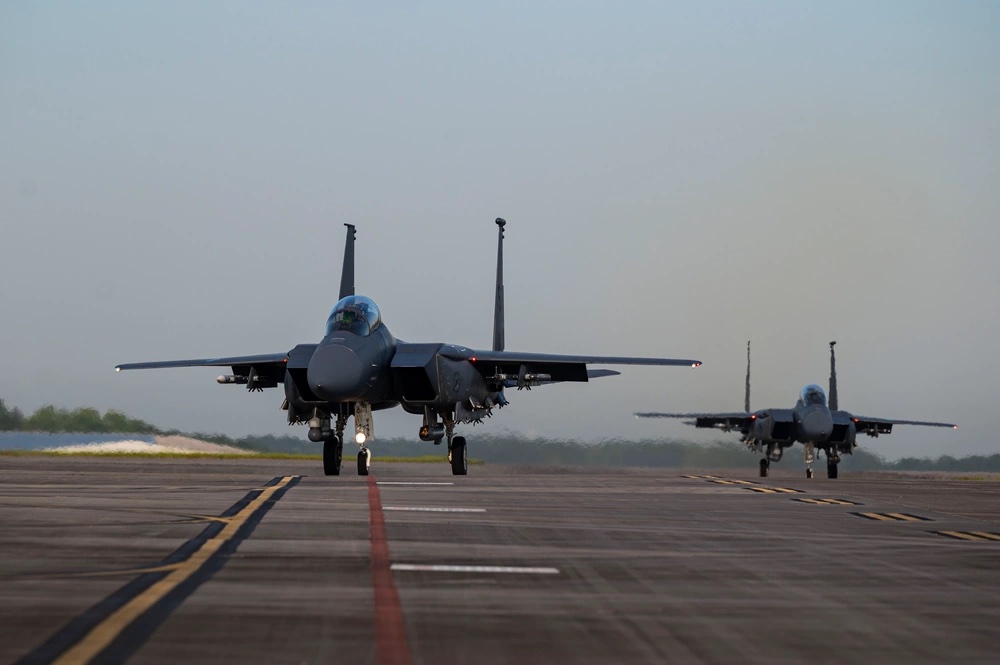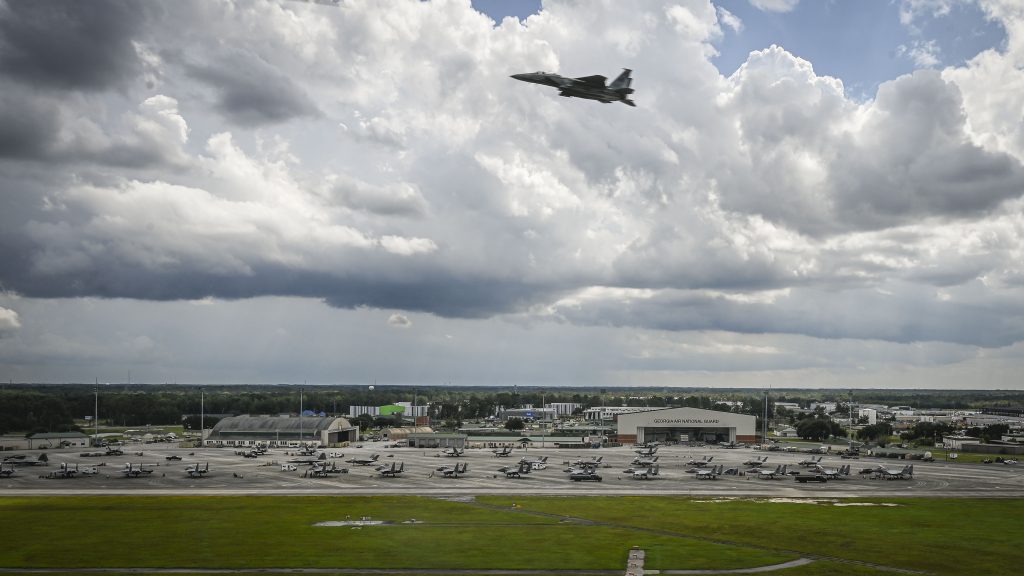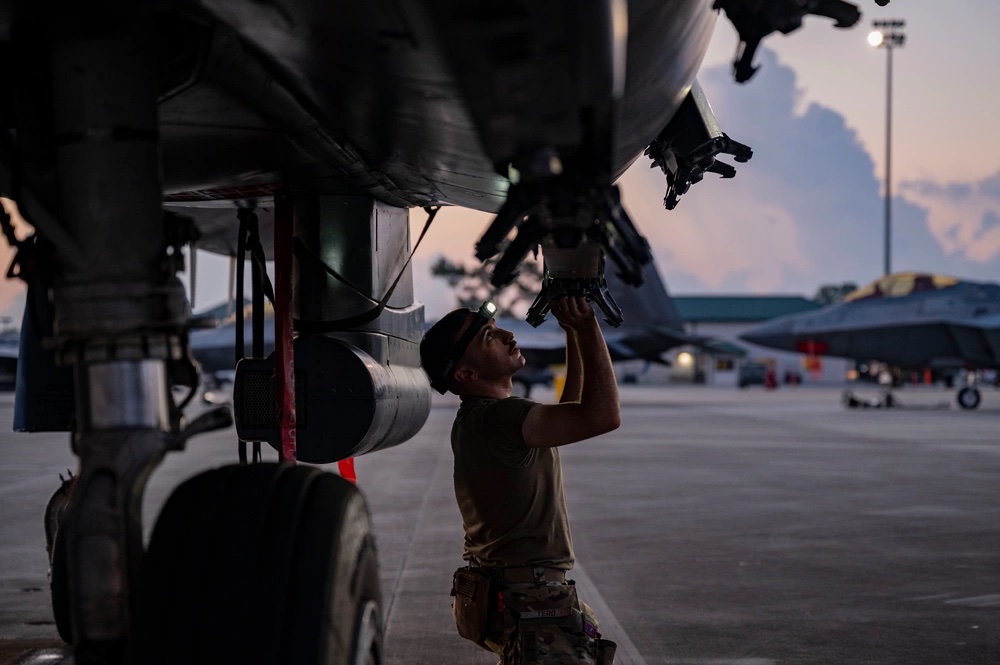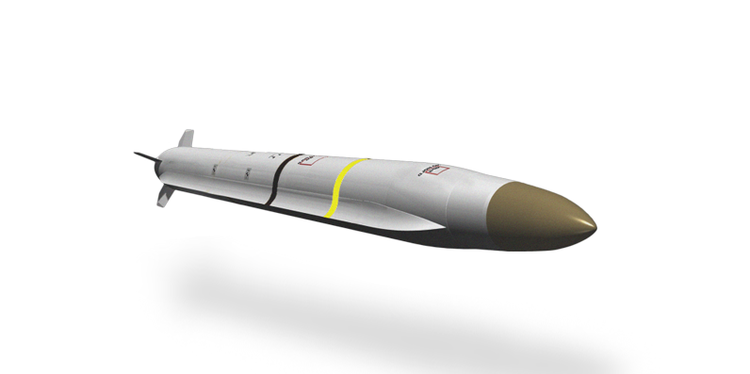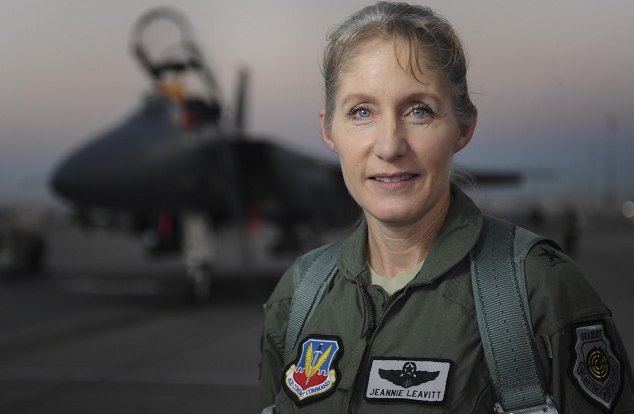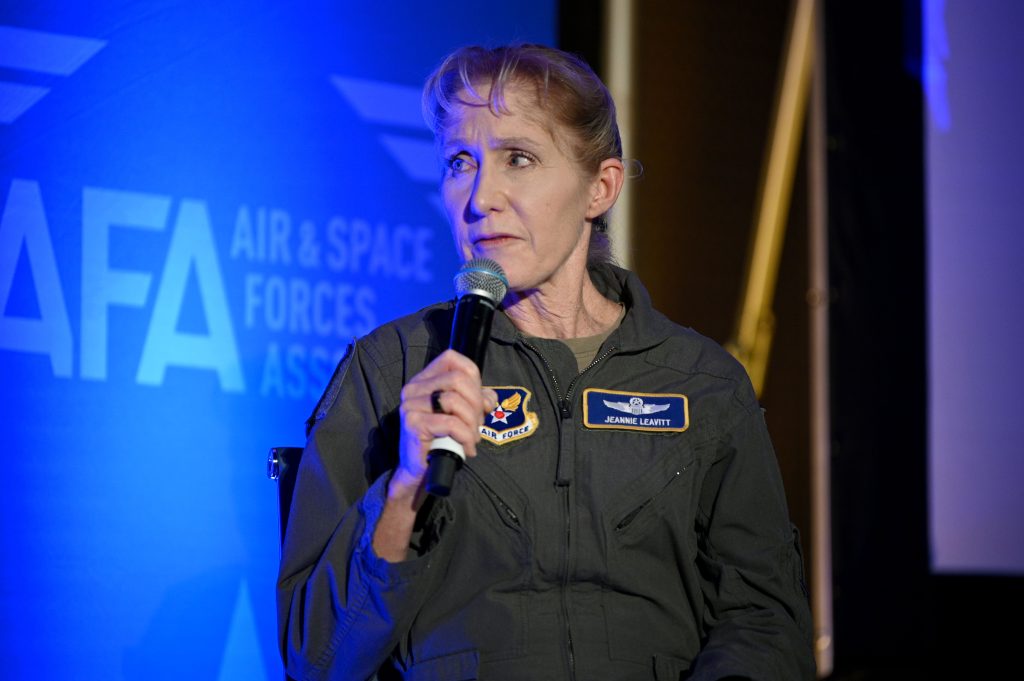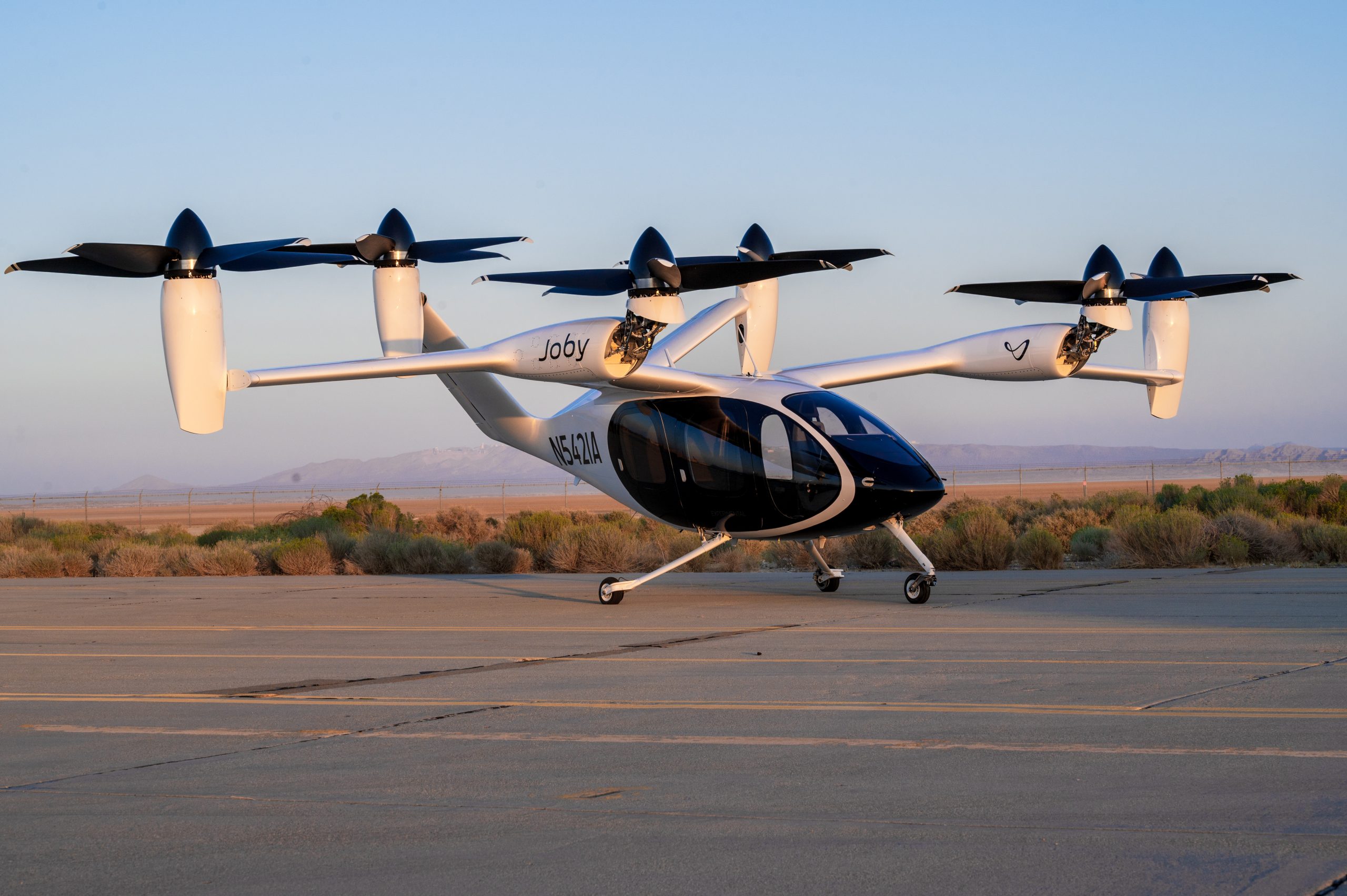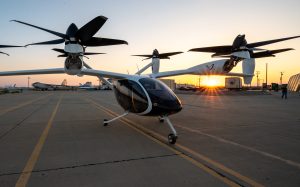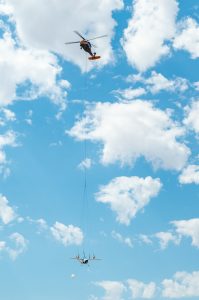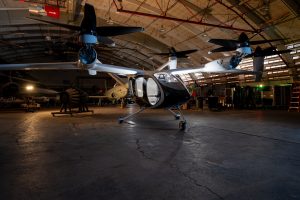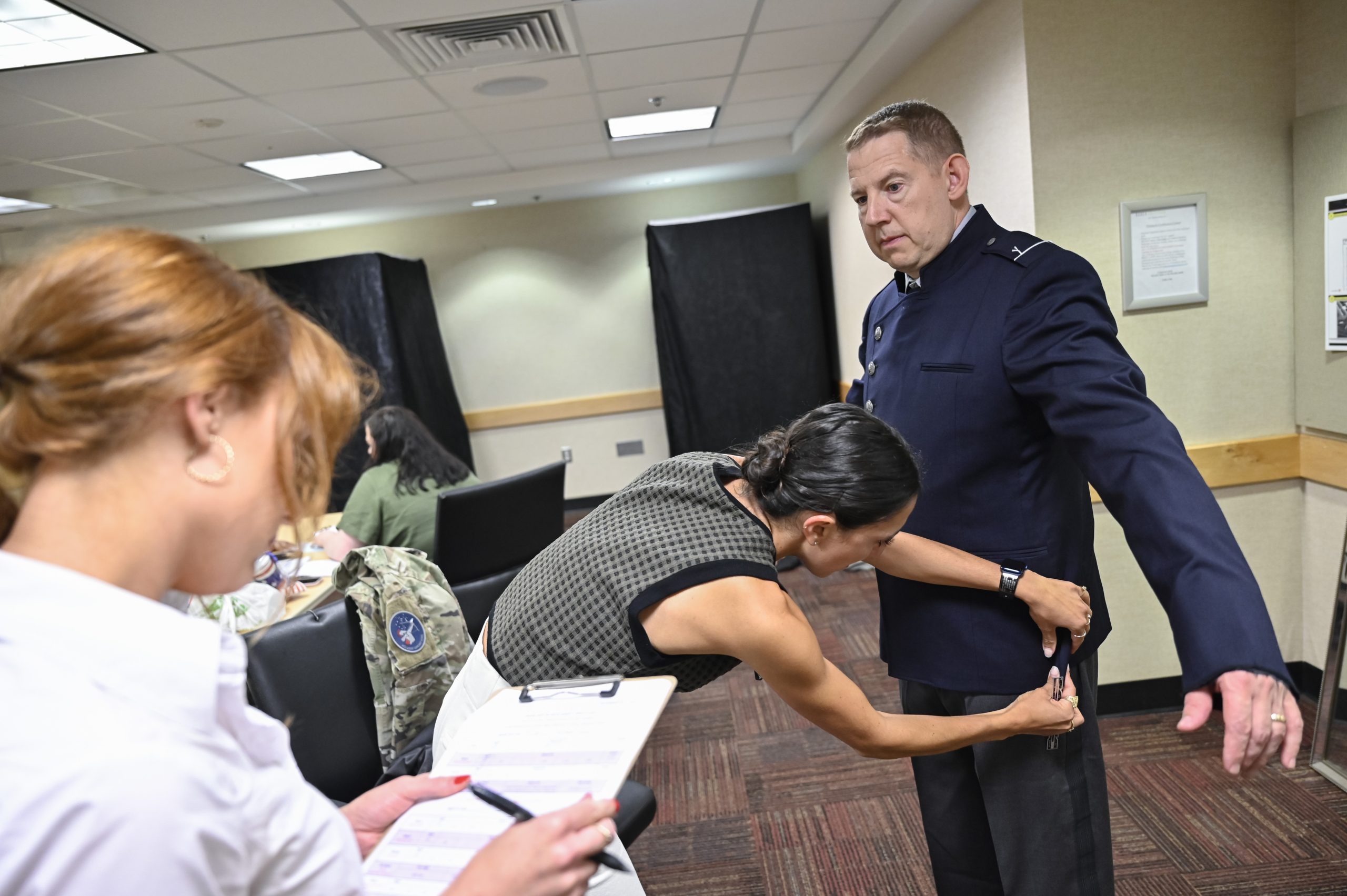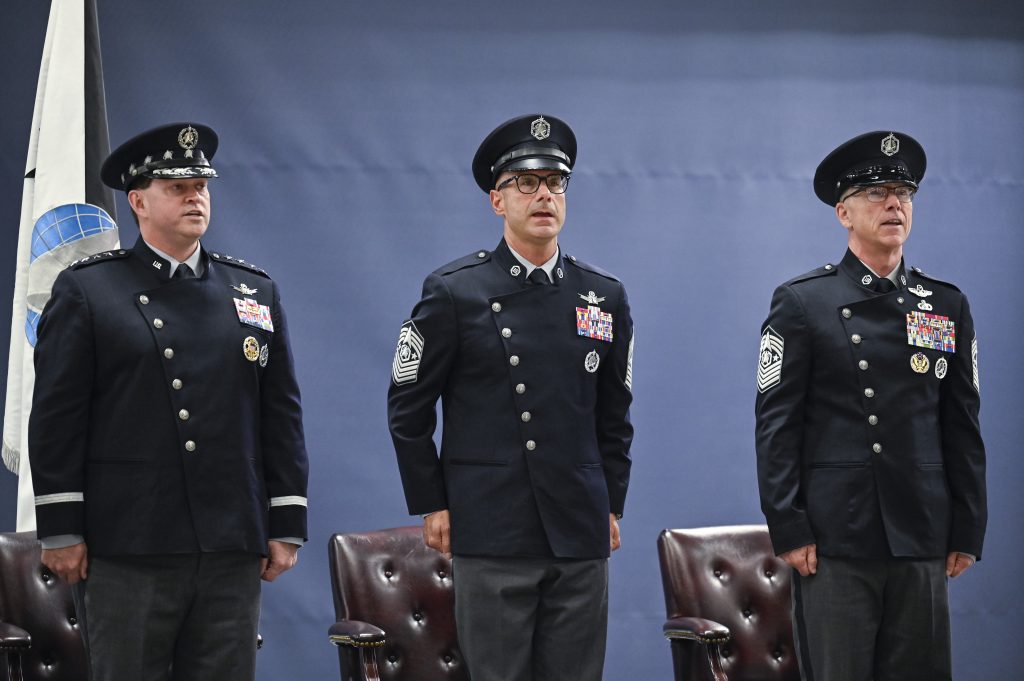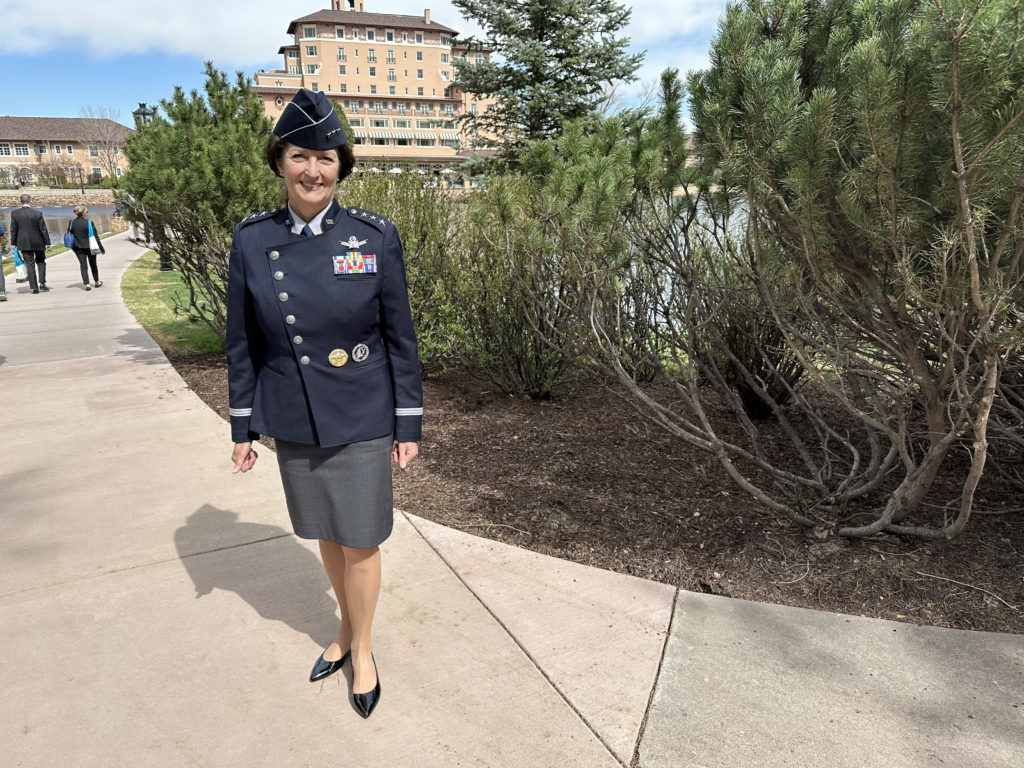With a government shutdown looking increasingly likely on Oct. 1, Active-Duty Airmen and Guardians will still report for duty. But things will be far from normal.
For weeks, defense officials have warned of the impacts of a continuing resolution (CR), a short-term stopgap to keep the federal government funded. Now, the Biden administration and defense officials say that is the best hope to keep the military running normally and to pay the government’s bills, including paychecks to service members.
“The shutdown is the worst thing that could happen,” Deputy Pentagon Press Secretary Sabrina Singh told reporters Sept. 25. “We’re hoping that Congress can find a way to avert that, but planning for the worst.”
The Air Force and Space Force are under broad DOD-wide guidance, which is being distributed across the Department of Air Force, according to an Air Force spokeswoman. That means troops are in line not to receive paychecks and thousands of civilian employees will be furloughed under the Pentagon’s “Contingency Plan Guidance for Continuation of Essential Operations in the Absence of Available Appropriations.”
“Military personnel on Active-Duty, including Reserve component personnel on Federal Active-Duty, will continue to report for duty and carry out assigned duties,” the document says. But they will not be paid on schedule unless some legislation is passed that continues to pay troops, as has been the case in the past. And service members would have to cover some work that is normally done by furloughed civilian workers.
“Troops would go without pay,” Singh said. “Military families would be impacted, of course. For folks that are not getting paychecks, that impacts how and when you can buy groceries, childcare—all of these things. Commissaries would be closed on bases.”
Sen. Roger Wicker (R-Miss.) and other Republican Senators have put forward legislation that would provide “funds to pay members of the armed forces” if an agreement is not reached and passed by midnight on Sept. 30. A separate bill aiming to pay troops sits in the House. The White House says the best solution is to fund the government.
Legislators should “work in a bipartisan manner to keep the government open and address emergency needs for the American people,” the White House said in a Sept. 26 statement. The Biden administration added a shutdown “would prove disruptive to our national security.”
Most civilian employees of the Defense Department would be furloughed—they would not report work but eventually receive back pay—as they are deemed “not necessary” to support limited, approved activities, including some civilians employed overseas.
“We’re just sending them home and saying, ‘you’re not essential,’” undersecretary of defense for acquisition and sustainment William A. LaPlante said at an event at the Center for Strategic and International Studies Sept. 26. “It’s just, it’s just horrible. There’s really nothing good you can say about it.”
Roughly 45 percent of DOD civilians are exempt because they are essential under the DOD’s guidance or they are not funded by annual appropriations, according to defense analyst Jim McAleese.
But a shutdown would be particularly troublesome for the Air Force and Space Force, which want to modernize their forces despite Congressional gridlock.
“If the government shuts down, testing will stop and acceptance by the government of equipment when it is finished and ready to be accepted stop,” said LaPlante, who served as the Air Force’s acquisition chief in 2013 during another shutdown, which he said all but put a halt to F-35 and munition production.
Recruiting and “initial entry training” would continue under current DOD guidance. But how a shutdown could affect things such as flying hours is unclear. For Airmen and Guardians, many normal activities, such as temporary duty travel (TDY) would be canceled—including for many senior military officers. The Air Force spokeswoman said DOD guidance was being distributed across the Department of the Air Force so commanders and leaders are prepared implement it if directed.
“It’s just extremely disruptive,” LaPlante said.
While Democrats and Republicans are at odds over who is at fault for the funding impasse, both sides say troops and DOD civilians have been caught in the crossfire.
“Senators and congressmen often like to say how much they support our military members—now they have an opportunity to show it,” Sen. Dan Sullivan (R-Alaska), a co-sponsor of the legislation, said in a statement.

